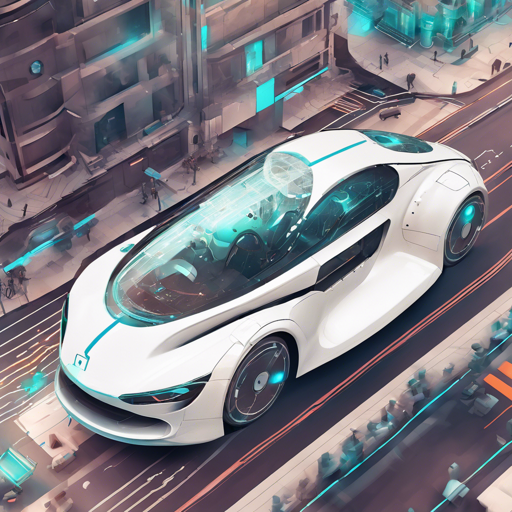Welcome to the adventurous journey of creating a deep learning-powered self-driving car using Raspberry Pi and TensorFlow! In this first installment, we’ll explore how to take big ideas from the tech giants like Tesla and Google and turn them into an engaging and educational project you can complete on a shoestring budget.
Introduction
The road to autonomous transportation is upon us: cities are gearing up for fully autonomous cars in the coming years. But why wait? With this series, you will soon have your very own self-driving car that can detect and follow lanes and recognize traffic signs. And you can build it in less than a week!
The Road Map
Here’s a quick preview of what’s in store over the next few parts:
- Part 2: What hardware to buy and how to set it up.
- Part 3: Setting up computer vision and deep learning software.
- Part 4: Teaching your DeepPiCar to navigate autonomously using OpenCV.
- Part 5: Training the car for autonomous lane navigation using behavior cloning.
- Part 6: Using deep learning techniques to detect traffic signs and pedestrians.
Gathering Your Materials
To get started on this exciting project, you’ll need some essential hardware:
- Raspberry Pi Board ($50)
- SunFounder PiCar Kit ($115)
- Google’s Edge TPU ($75)
The total cost will hover around $250 to $300, but remember, all the software necessary will be free!
Understanding the Software
The magical ingredients for the software are well-known tools:
- Python: the go-to programming language for AI tasks.
- OpenCV: a powerful computer vision library.
- TensorFlow: Google’s popular framework for deep learning.
All tools are open source and free for you to use!
Building Your Autonomous PCar
After assembling the hardware and installing the required software, you’re ready for the fun part! The first main project is using Python and OpenCV for your car to navigate a winding road by detecting lane lines. This exciting step will pave the way to teach your car the basics of path following.
Advanced Learning with Deep Learning Techniques
As we progress, you’ll learn how to implement “behavior cloning” to allow DeepPiCar to drive itself. This method involves training the model using recorded videos of roads and associated steering angles. Inspired by NVIDIA’s DAVE-2, this step emphasizes a deep learning approach to improve navigation further.
Prerequisites
To embark on this journey, make sure you are equipped with:
- A willingness to tinker—be prepared to experiment and sometimes break things!
- Basic Python programming knowledge.
- Familiarity with the Linux operating system and command line.
- A budget of $250-$300 for hardware.
Troubleshooting Ideas
As with any project, challenges may arise. Here are some ideas to keep in mind:
- If you encounter issues with your Raspberry Pi, ensure all connections are secure and the board is adequately powered.
- For problems with software installation, double-check your commands and ensure all dependencies are properly installed.
- If the car does not navigate as expected, revisit your code and try debugging by inserting print statements to track behavior.
For more insights, updates, or to collaborate on AI development projects, stay connected with fxis.ai.
Conclusion
That concludes the introductory article; stay tuned for Part 2, where we will get our hands dirty and start building this incredible robotic car! At fxis.ai, we believe that such advancements are crucial for the future of AI, as they enable more comprehensive and effective solutions. Our team is continually exploring new methodologies to push the envelope in artificial intelligence, ensuring that our clients benefit from the latest technological innovations.

